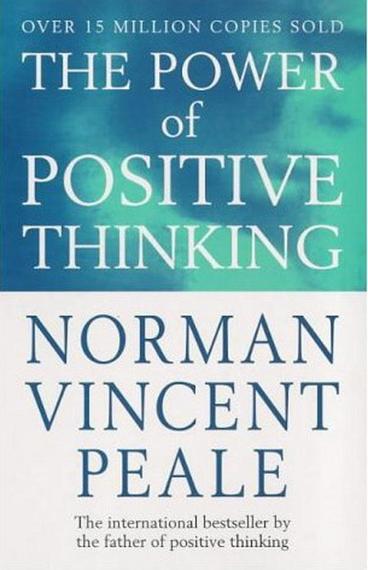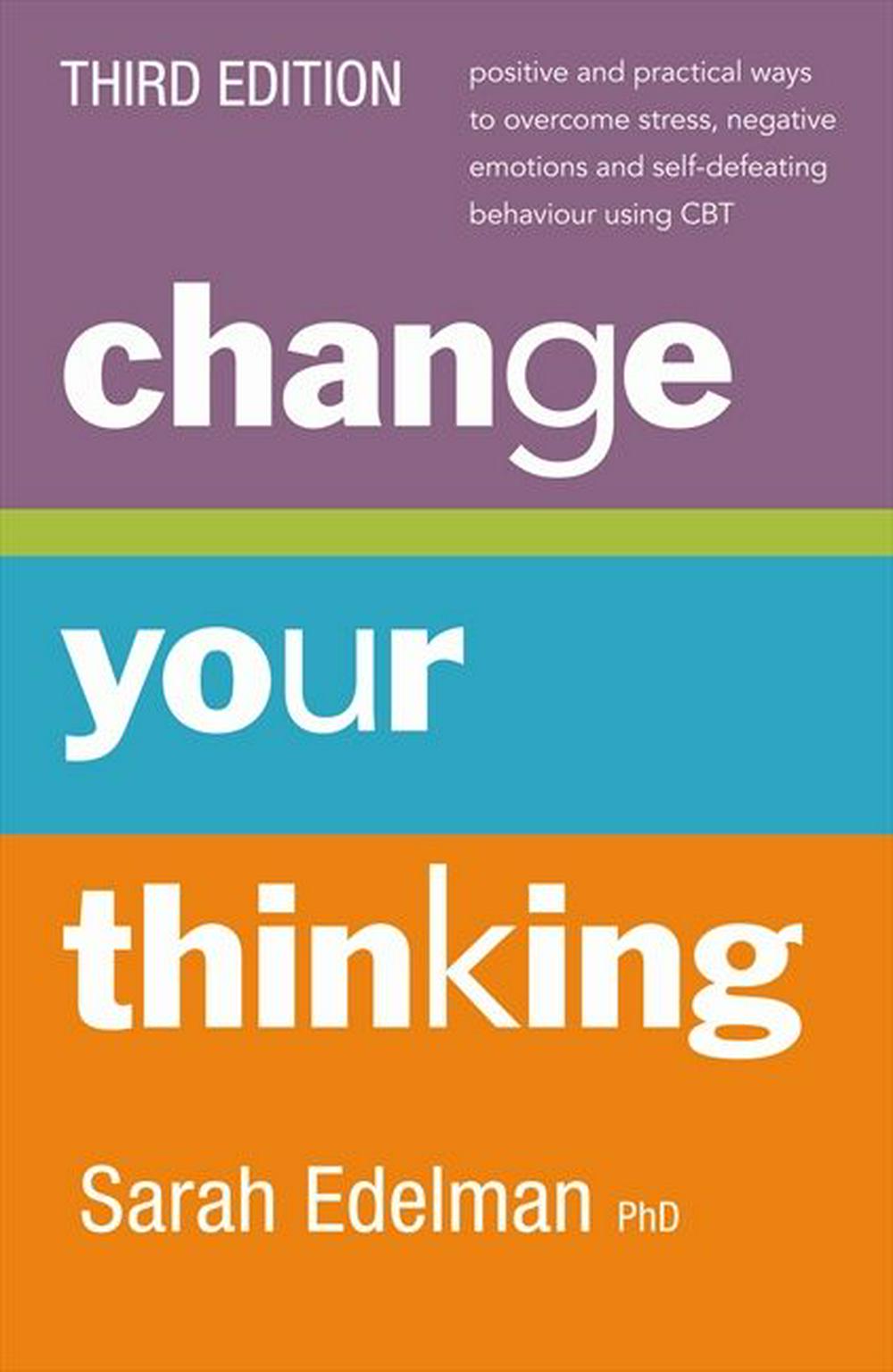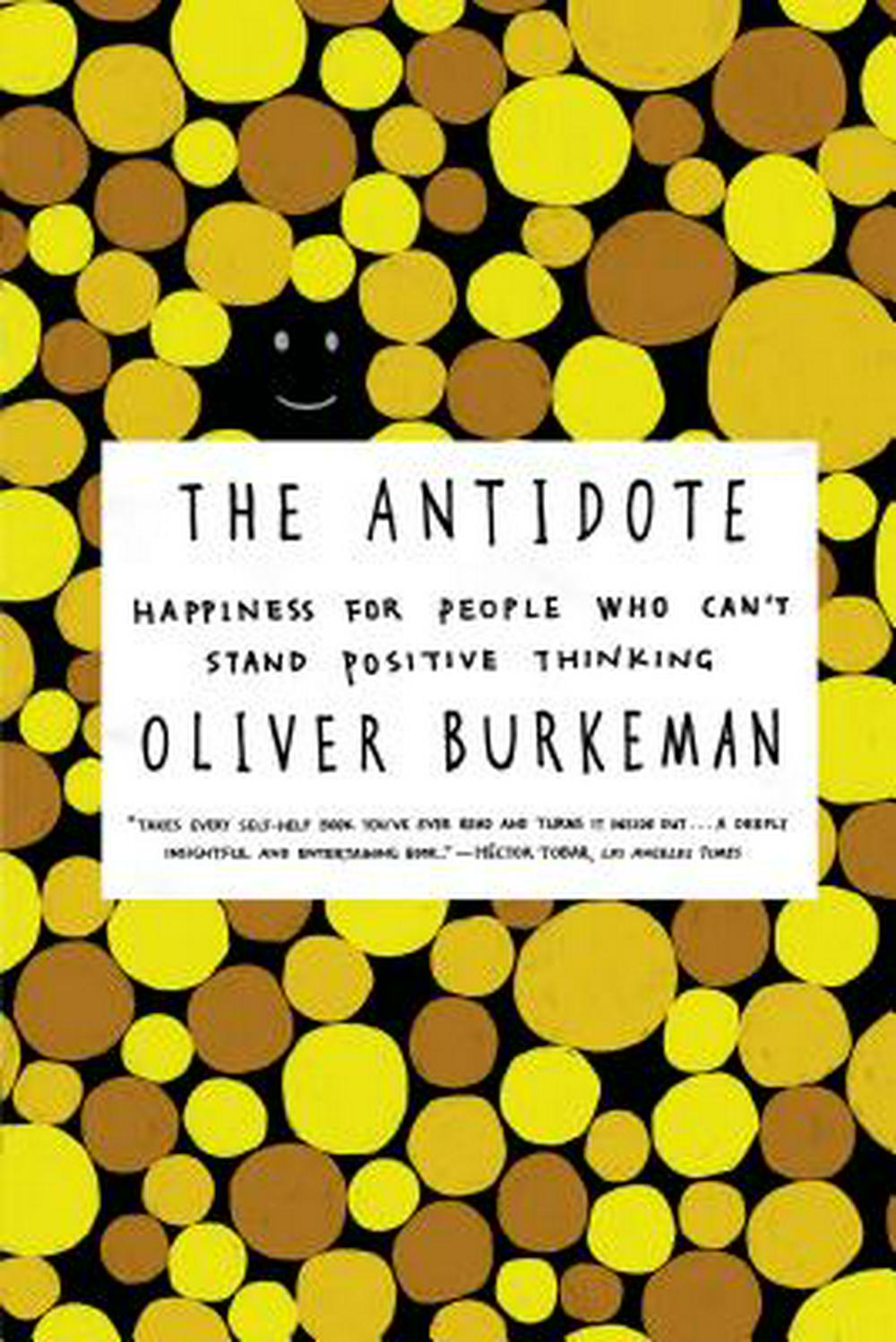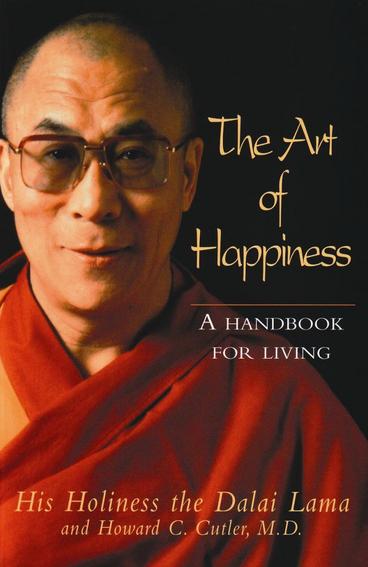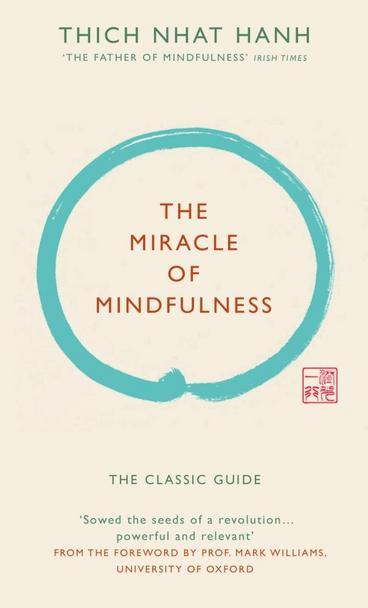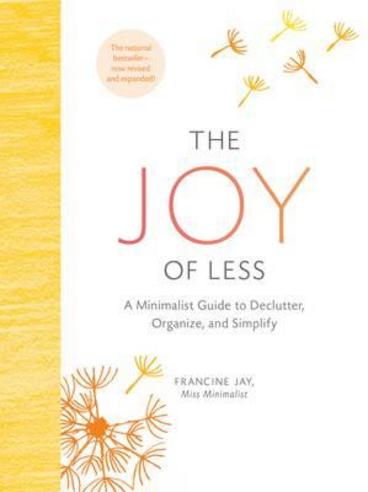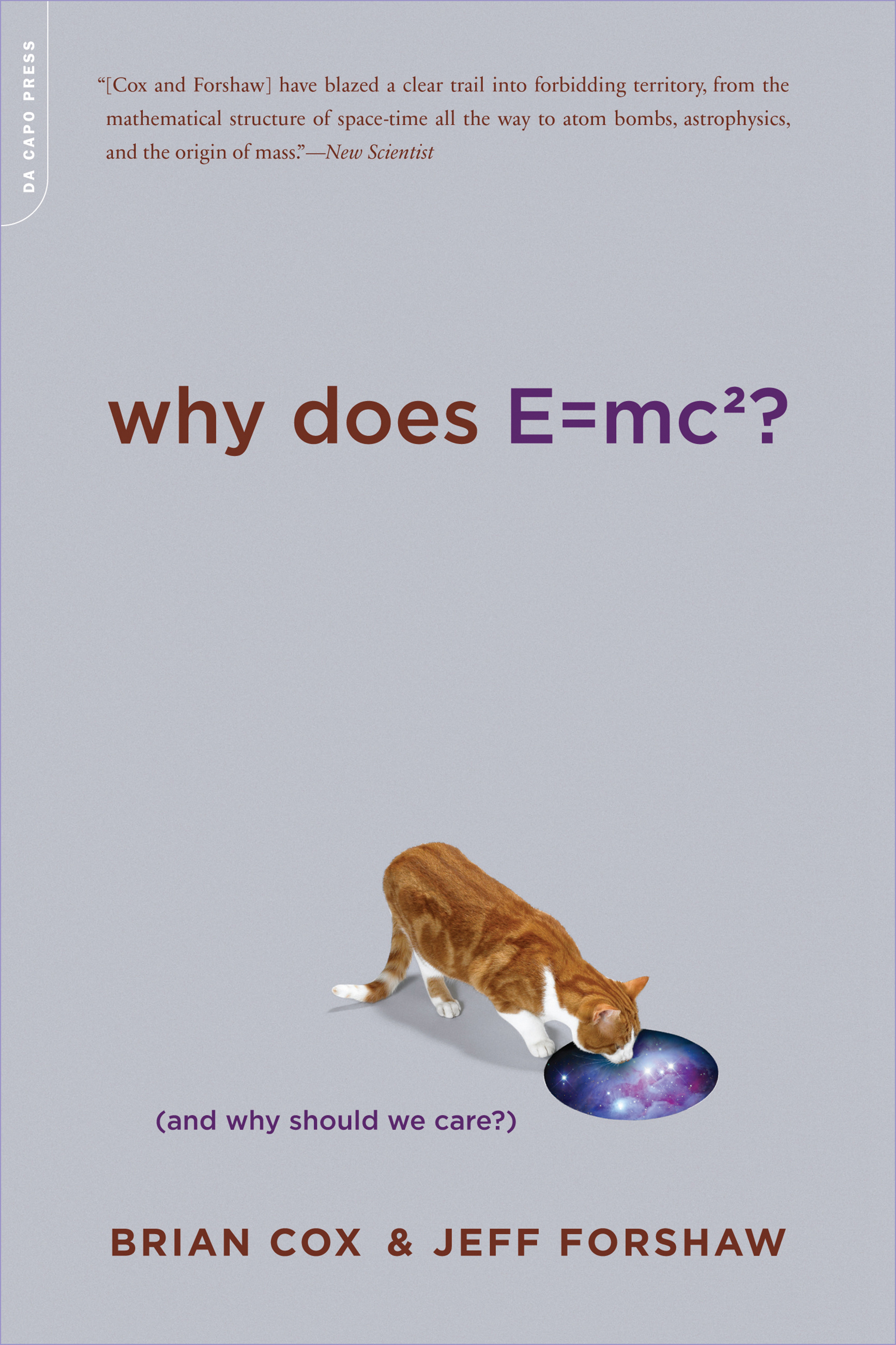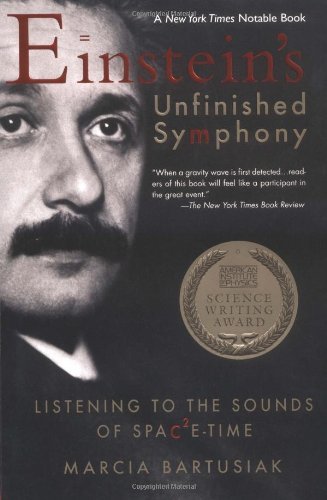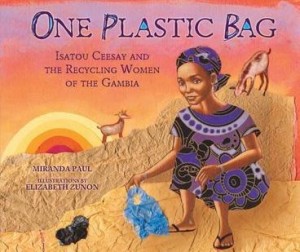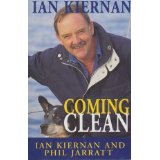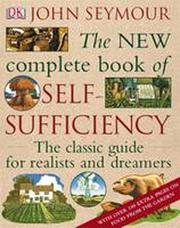If you’re anything like me, your New Year’s resolutions are already in tatters. The standards of losing weight, doing more exercise and improving one’s diet have all been compromised by the Christmas/New Year festivities and holidays.
And the others? Well maybe next year.
However don’t despair. One resolution that everyone can still achieve is the determination to make a difference this year : to make 2017 the year you put back into your community and world, engage with people and help those worthy causes in your world and local community.
How best to go about this though? Where to start with your new altruistic approach?
Here are a few books that will help inspire you and make this year one where you make an important change in your world.
Change from within
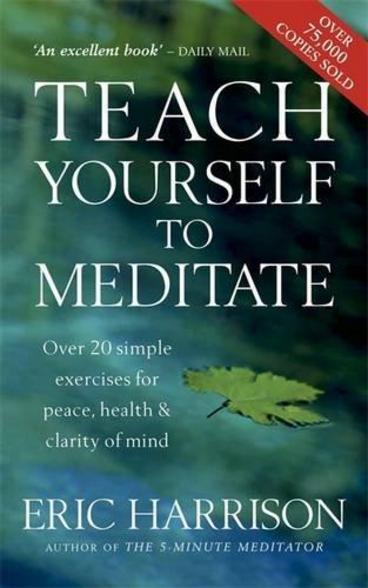 Learn meditation. Charity begins at home is the saying and improving oneself is the first step to making a difference with others. So, why not learn meditation?
Learn meditation. Charity begins at home is the saying and improving oneself is the first step to making a difference with others. So, why not learn meditation?
This ancient skill is proving more and more relevant (and useful) these days in the battle with the stress of modern day living. Learning to meditate is an important tool to be able to relax and focus and therefore learning how to be able to put back into our community.
Not only will learning to meditate allow you to relax, it will also help improve physical and mental health and boost creativity. Eric Harrison’s excellent book “Teach Yourself to Meditate” is an entry-level place to learn the art of meditation at your own pace with over 20 easy exercises for daily practice.
Change your community
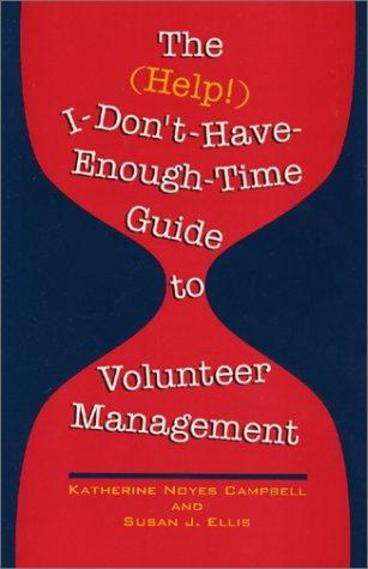 Manage time better. One of the key factors in not being able to help out in your local community is time. You probably have work and family commitments and balancing this alone is a struggle in our time-poor society before you can consider volunteering for organisations.
Manage time better. One of the key factors in not being able to help out in your local community is time. You probably have work and family commitments and balancing this alone is a struggle in our time-poor society before you can consider volunteering for organisations.
However Katherine Noyes Campbell and Susan J. Ellis aptly-titled “The (Help) I-Don’t-Have-Enough-Time Guide to Volunteer Management”, will help you organise your time to build a volunteer management team and conquer those community activism goals that you’ve been aiming to do for some time.
The book is a must for the bookshelf of anyone who is looking to juggle work and family with volunteer pursuits. It contains a wealth of strategies and solutions that will help you become a more effective volunteer manager.
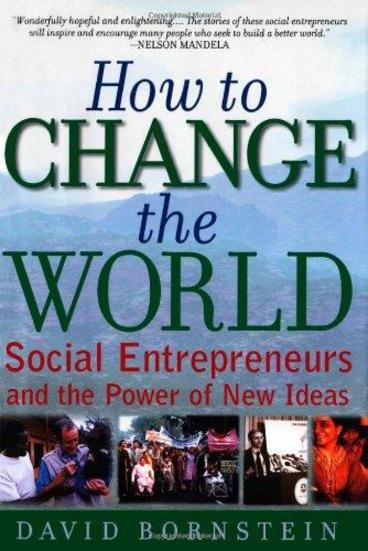 Social entrepreneurship. Whether you are changing the world or your local community, one effective way is to be a social entrepreneur.
Social entrepreneurship. Whether you are changing the world or your local community, one effective way is to be a social entrepreneur.
David Bornstein’s How to Change the World: Social Entrepreneurs and the Power of New Ideas is both a guide and a source of inspiration for those looking at entering this sector. He shows that social entrepreneurs are people with amazing ideas that act to transform their societies.
Using the examples of a number of people who have changed their communities through ideas, the author shows the benefit that these people can make in their society. What better way to be inspired to change your own world than to read of the deeds of others?
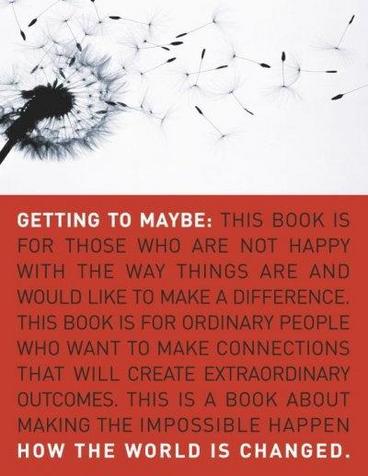 Make the impossible happen. Sometimes trying to make a positive change in the world can seem overwhelming. There are so many needs in the community that choosing just one is difficult, if not impossible. It is common to be overwhelmed by our apparent insignificance in being able to act as a catalyst for change.
Make the impossible happen. Sometimes trying to make a positive change in the world can seem overwhelming. There are so many needs in the community that choosing just one is difficult, if not impossible. It is common to be overwhelmed by our apparent insignificance in being able to act as a catalyst for change.
Not so, according to the groundbreaking book “Getting to Maybe: How the World is Changed” by Frances Westley, Brenda Zimmermann and Michael Patton. The book shows the real driving force behind positive change is being able to harness the various forces that surround us rather than taking on all the tasks by yourself.
The authors use an array of examples from around the world that demonstrate this new, exciting way of moving positive change in our communities and the world.
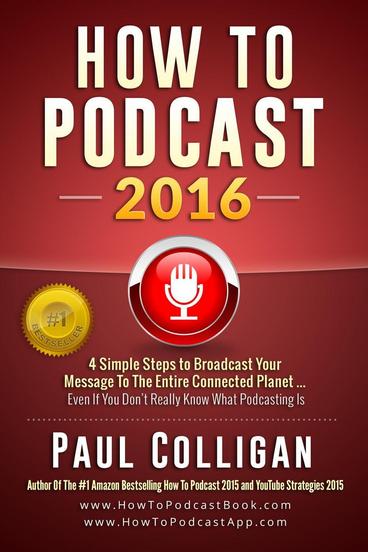 Podcasting. Finally, have you considered taking your message to make a difference to potentially the world? Podcasting has increased in popularity in leaps and bounds as more folk look to download programs that can be accessed “on the go”: on mp3 files while on trains, buses, in the car or just walking or jogging.
Podcasting. Finally, have you considered taking your message to make a difference to potentially the world? Podcasting has increased in popularity in leaps and bounds as more folk look to download programs that can be accessed “on the go”: on mp3 files while on trains, buses, in the car or just walking or jogging.
Now you can bring positive change to the world through the power of the Internet. Choose the issue that you want to highlight: homelessness, organic food, equal rights, inequality and set up a website and podcast to deliver news items, content and podcasts to interested people.
Paul Colligan’s “How to Podcast 2016: 4 Simple Steps to Broadcast your Message to the Entire Connected Planet” is a must have ebook or book if you are thinking of reaching people in this way to change their lives. The easy-to-understand four step guide will get you on your way to connect your unique ideas to the world.
The author outlines the steps needed to deliver a quality podcast to the world without the need for expensive equipment or an extensive knowledge of computers. Perfect for the amateur looking to make a positive change.
